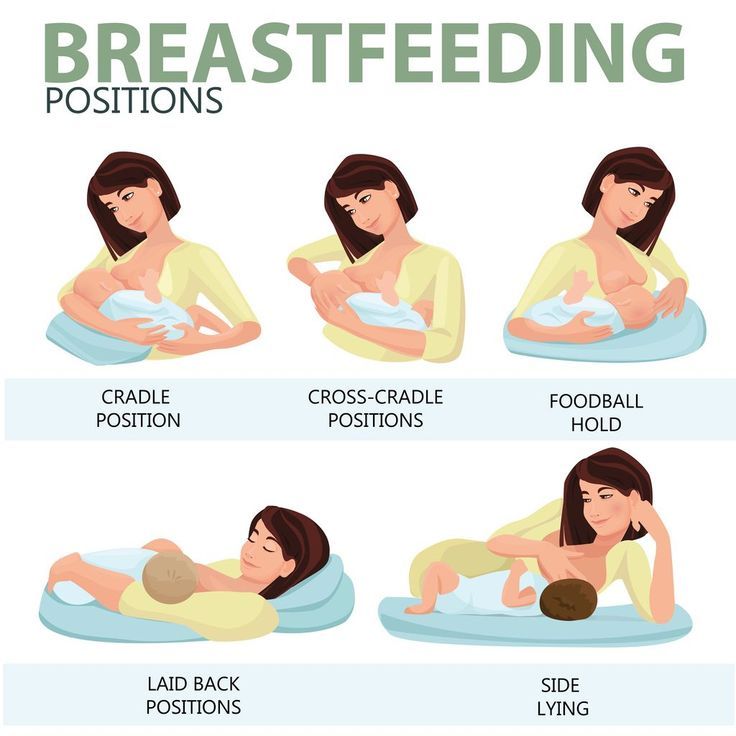Last Updated on 02/06/2021 by Mandy
Breastfeeding is beautiful and natural, but can be difficult in the early days. Proper latch/attachment and breastfeeding positions can take a little while to master. Using good positioning and attachment techniques, you can help to avoid nipple pain and other common breastfeeding problems.
Attaching your baby
- To start the feed, hold baby so her chest is touching your chest; her nose should be in line with your nipple. Gently brush your nipple from her nose to her upper lip – this will encourage her to open her mouth wide.
- When her mouth is wide open, bring baby to your breast, keeping your hands across her back and shoulders. When she attaches, most of the areola will be in her mouth and her chin will be tucked into the breast. When she’s feeding well, she’ll suck deeply and regularly, and you’ll hear her swallowing.
- If baby hasn’t attached correctly, stop, take her off the breast and try attaching again. It’s common for it to take several attempts before you get a good attachment.
Breaking your baby’s attachment
When detaching and trying again, avoid pulling baby from the breast. Instead, break her attachment by inserting your little finger into the corner of her mouth, between her gums, and gently remove her from the breast.
Breastfeeding positions
Varying feeding positions can help with sore nipples and breasts. I found using different positions in the early days also helped with my sore neck and shoulders.
Front Hold (also known as Cradle or Cuddle Position)
This is the classic position that many mothers find the most convenient once they are into a comfortable breastfeeding routine.
- Make sure your arm is well supported, and you are sitting comfortably with good back support.
- Place your baby across your stomach, tummy to tummy. Her face and knees should be close into, and facing, your body.
- Her head should be in the bend of your elbow, with her mouth directly in front of your nipple.
- Her body should be in a straight line from her ear to her shoulder and to her hip. You can tuck her lower arm around your waist, so it is out of the way.
Football Hold (also known as Underarm Position)
This position can be helpful for mothers who have had a caesarean birth, for small or premature babies or women with large breasts/flat or inverted nipples. Some mothers found this position helpful when they had blocked ducts due to the breast not being drained properly when their prem baby was very little.
- Hold your baby beside you, with her head in the palm of your hand and her back laying on your inner forearm.
- Tuck her feet slightly behind you.
- Placing baby and your arm on a pillow will provide with extra support.
Lying Down Position
Experts recommend this position for mums who’ve had caesarean births, but I recommend it for anyone who’s too tired to sit up and feed! It can also be helpful if you have a strong letdown and your baby is struggling to stay on the breast. This position is also favoured by mothers who choose to co-sleep with their babies.
- Lie on one side and support your head and back with pillows so that you are comfortable. You can also bend one arm under your head and use the other hand to support your breast.
- Place your baby with her tummy to yours. Your nipple should be opposite her mouth. It can be helpful to place a pillow behind a very young baby to keep from rolling back.
- Baby will feed from the lower breast. You can support it with your upper hand if required.
More information from the ABA or Medela blog: https://www.medela.com.au/breastfeeding-professionals/education/lactation-period/breastfeeding-positions
This UK video discusses various positions: https://youtu.be/9Iesq6vhklI .


